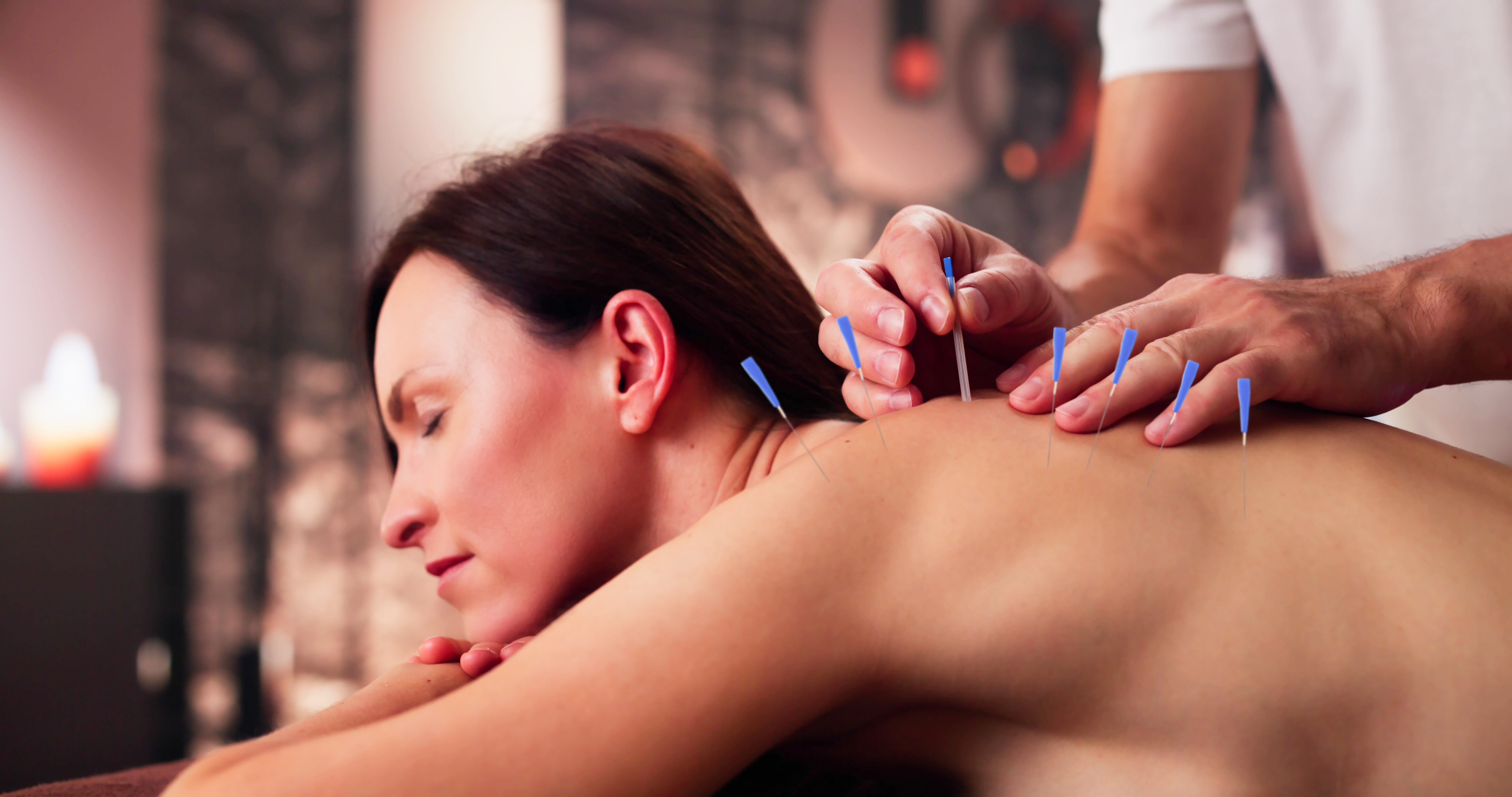Acupuncture for fibromyalgia: an effective aid against pain

Publication date: 20-06-2025
Updated on: 20-06-2025
Topic:
Estimated reading time: 1 min
Fibromyalgia is a non-inflammatory rheumatic disorder characterized by widespread musculoskeletal pain, fatigue, sleep disturbances, and heightened pain sensitivity. It affects approximately 2 million people in Italy, the majority of whom are adult women.
Symptoms may develop gradually and worsen over time or may appear suddenly following a triggering event, such as a physical trauma, infection, or significant psychological stress.
Fibromyalgia is often difficult to diagnose due to symptom overlap with other clinical conditions. When unrecognized and untreated, it can become highly disabling. Among non-conventional therapies that have shown effectiveness in reducing pain symptoms, acupuncture stands out.
We asked Dr. Sara Zazzetta, a geriatric specialist at the Neurological Rehabilitation Unit and VAMP Center of Policlinico San Marco, who also specializes in acupuncture. The hospital also hosts a dedicated acupuncture clinic.
Acupuncture as part of an integrated treatment approach
"First of all, it’s important to highlight that the most effective therapeutic approach to fibromyalgia is multidisciplinary, and should include:
- Pharmacological treatments to manage pain and associated symptoms
- Physical therapies, such as physiotherapy, yoga, and stretching
- Complementary therapies, including acupuncture, massage, and relaxation techniques
Psychotherapy and lifestyle modifications, particularly regular physical activity and a balanced diet, have also proven highly beneficial.
With that said numerous scientific studies have shown that among the complementary therapies used to relieve symptoms, acupuncture is one of the most promising—especially when integrated into a broader care plan and combined with healthy lifestyle habits," says Dr. Zazzetta.
How acupuncture works in fibromyalgia
In acupuncture, and more broadly in Traditional Chinese Medicine (TCM), fibromyalgia is considered a pain syndrome caused by a disruption in the flow of vital energy (Qi). This energy is believed to travel through meridiansthat connect various organs and systems in the body. When the flow is blocked, pain and dysfunction may arise in the corresponding body regions.
The goal of acupuncture is to relieve pain, the most debilitating symptom, by restoring the energy flow through stimulation of specific points along the meridians.
From the perspective of Western medicine, although the exact cause of fibromyalgia remains unclear, the leading hypothesis suggests a dysregulation in central pain processing pathways within the central nervous system.
“Acupuncture involves inserting very fine needles into precise points on the body, which stimulate the nervous system, promoting the release of neurotransmitters such as endorphins and serotonin, natural chemicals that help reduce pain. Endorphins in particular act as natural analgesics, improving pain management in fibromyalgia.”
Additionally, acupuncture is thought to modulate pain signaling to the brain, thereby altering pain perception and reducing pain sensitivity.
Benefits of acupuncture in fibromyalgia treatment
Acupuncture may improve not only pain, but also other common symptoms of fibromyalgia, such as chronic fatigue, sleep disturbances, mood disorders, muscle tension, and headaches. Specifically, it can:
- Improve sleep quality: acupuncture may help promote deeper, more restorative sleep, aiding physical and mental recovery.
- Promote muscle relaxation: it can relieve muscle tension, enhance blood circulation, and foster a general sense of relaxation.
- Reduce anxiety and stress: acupuncture helps regulate cortisol levels (the stress hormone) and encourages a more stable mood and emotional balance.
- Help manage associated symptoms: patients with fibromyalgia often face a wide range of secondary issues, including headaches, digestive discomfort, and fatigue. Acupuncture can serve as a valuable adjunct, improving overall well-being.
What to expect during an acupuncture session
“In a typical session, 10 to 20 needles may be inserted, depending on therapeutic needs. Needle insertion is usually painless or only mildly uncomfortable, and sessions last about 20–30 minutes. Acupuncture is not a quick-fix therapy, its effects are gradual because the aim is to restore balance naturally, without forcing biological processes. While individual responses vary, a standard course generally includes 8 to 12 weekly sessions, and, if needed, can be repeated every 2 to 3 months as maintenance therapy,” explains Dr. Zazzetta.

